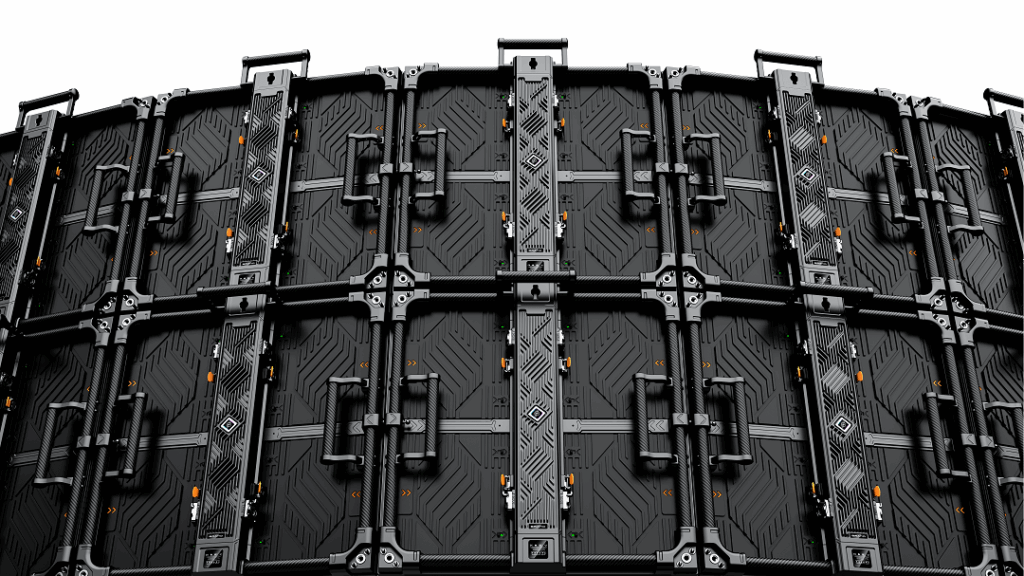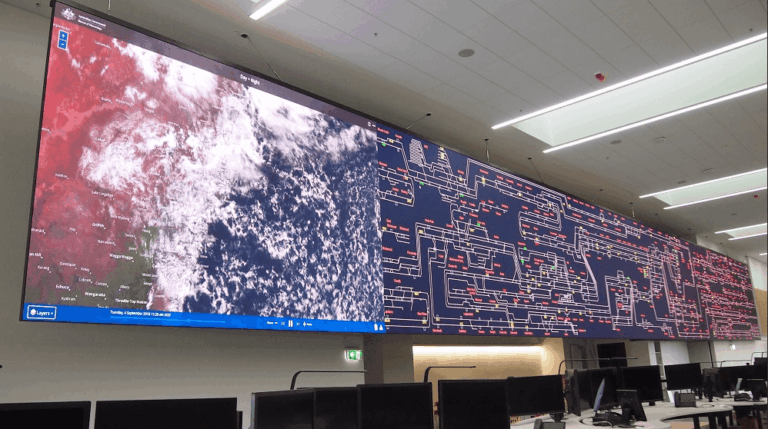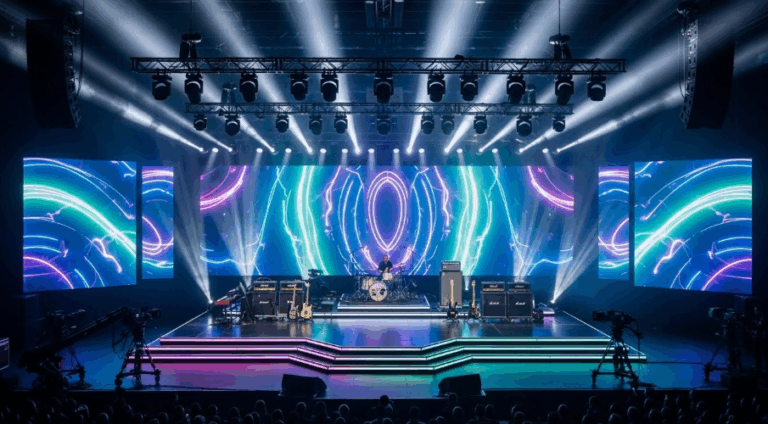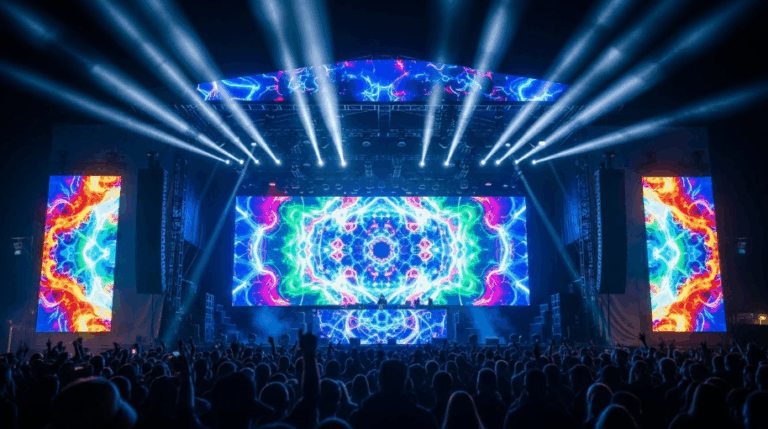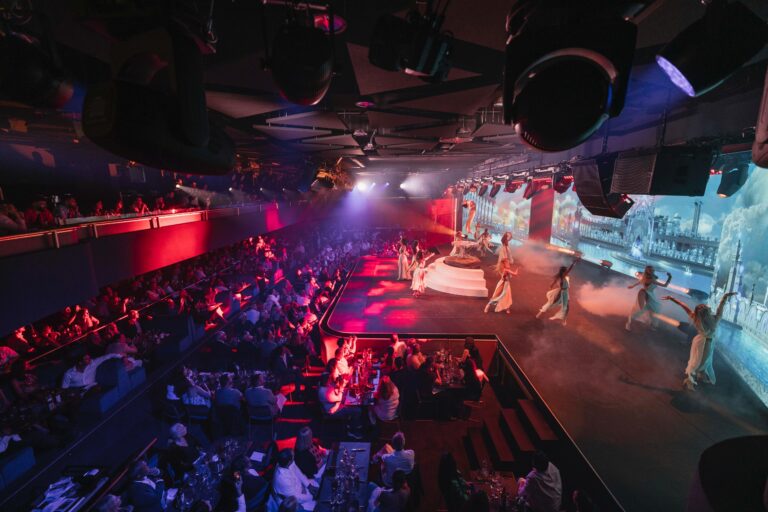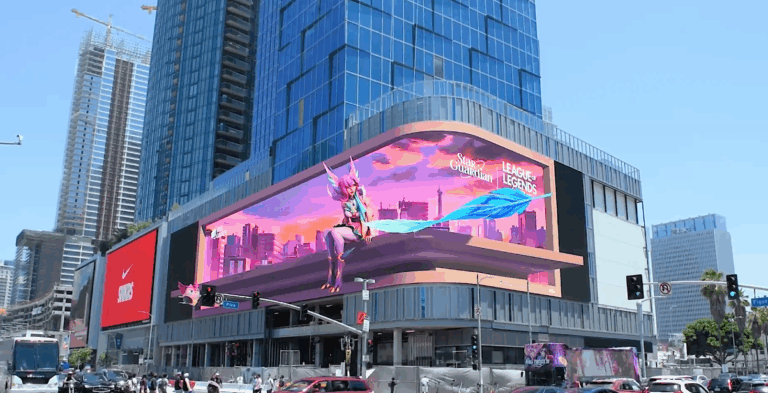Table of Contents
-
What Is a Band LED Panel and Why It Stands Out
-
Key Applications of Band LED Panels
-
Major Factors That Influence Band LED Panel Costs
-
How to Choose the Right Band LED Panel
-
Supplier Selection and After-Sales Support
-
Recommended Band LED Panel Options
-
Frequently Asked Questions
-
Conclusion: Why Band LED Panels Are Now a Stage Essential
In today’s concerts, festivals, corporate events, and even large-scale celebrations, visuals are often the spark that fuels audience excitement. At the heart of this experience is the Band LED Panel—a staple of modern stage design. Beyond setting the mood, these panels deliver an immersive experience through flexible configurations and high-definition displays.

1. What Is a Band LED Panel and Why It Stands Out
A Band LED Panel is a modular LED display system designed for stages and live events. Built with clusters of LED pixels and driven by advanced control systems, these panels deliver crystal-clear visuals, from dynamic videos to interactive light effects.
Compared to traditional lighting, Band LED Panels are lighter, easier to assemble, and far more versatile—perfect for rapid setup and teardown.
Unique Advantages:
-
High Brightness & Color Performance: Brightness levels reach 5,000–7,000 nits, with color saturation up to 95% NTSC—far outperforming traditional projectors, even under strong lighting.
-
Modular Design: Seamless panel connections in sizes ranging from 19×19 inches (50×50 cm) to 39×39 inches (100×100 cm).
-
Energy Efficient: Consumes just one-third the power of halogen lights, with a lifespan up to 100,000 hours.
-
Dynamic Visuals: Real-time video playback, 3D effects, and immersive visual storytelling.
-
User-Friendly Operation: Equipped with intelligent control systems so even general technicians can manage them with ease.
Pro Tip: When selecting a Band LED Panel, prioritize pixel pitch (e.g., P2.5 or P3.9). Smaller pitches mean sharper visuals at both near and far viewing distances.
2. Key Applications of Band LED Panels
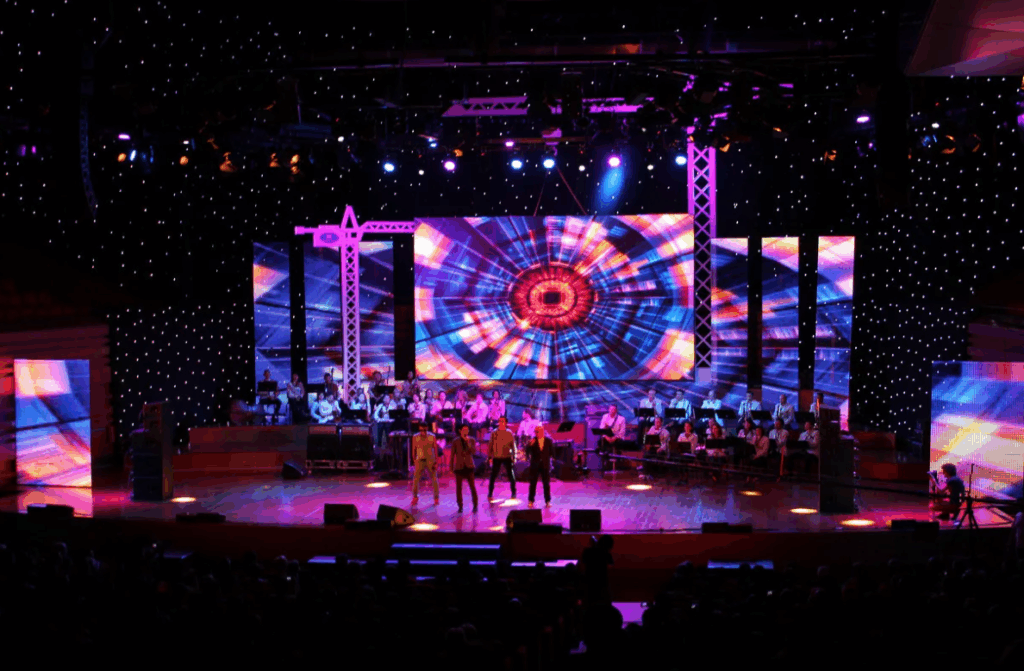
-
Concerts & Music Festivals: Build breathtaking, immersive stage experiences.
-
Theaters & Stage Plays: Create layered visual depth while reducing reliance on physical sets.
-
Corporate Events & Conferences: Display real-time data, videos, and branding.
-
Sports Events: Serve as interactive scoreboards or backdrops to heighten atmosphere.
3. Major Factors That Influence Band LED Panel Costs
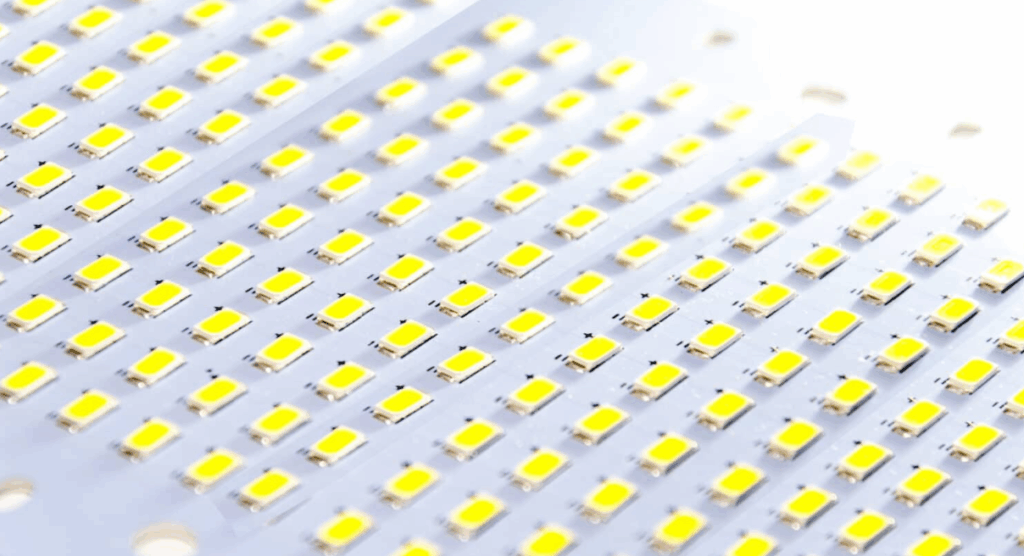
-
Materials & Manufacturing: LED chip quality matters. Top brands like Nichia and Cree add $200–$300 per square meter, but deliver superior brightness and longevity.
-
Resolution & Pixel Pitch: Smaller pitches (e.g., P2.5) = higher resolution and higher cost. A P2.5 panel may run $1,500 per m², while P10 averages closer to $800.
-
Installation & Maintenance: Professional installation ranges from $50–$100/hour. Annual upkeep (cleaning, calibration) averages 10% of equipment cost.
Pro Tip: Used panels can cut costs by 30–50%, but always verify LED lifespan and controller reliability.
4. How to Choose the Right Band LED Panel
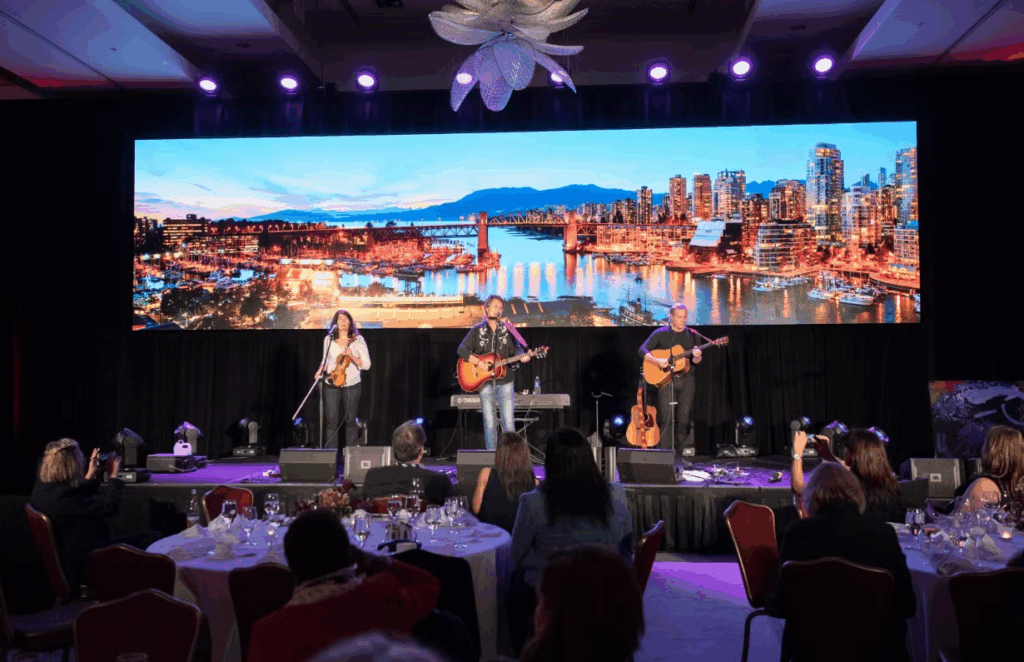
-
Define Usage & Budget:
-
Indoors: High-resolution models like P2.5.
-
Outdoors: Prioritize waterproofing and brightness (P6 or P8).
-
-
Check Key Specs:
-
Pixel Pitch: P2.5–P4 for close viewing, P6–P10 for long-distance.
-
Refresh Rate: ≥3840Hz to avoid flicker on camera.
-
Brightness: ≥1,000 nits indoors, ≥5,000 nits outdoors.
-
Control System: Choose Novastar or Linsn for reliability.
-
5. Supplier Selection and After-Sales Support
Choose suppliers with at least a 2-year warranty and accessible local support. For instance, SoStron offers 3-year warranties and 24/7 technical assistance, earning trust worldwide.
Steps for Selecting a Supplier:
-
List your needs (size, use case, budget).
-
Compare specs and quotes from 3–5 suppliers.
-
Request demo samples or case study videos.
Real-World Examples:
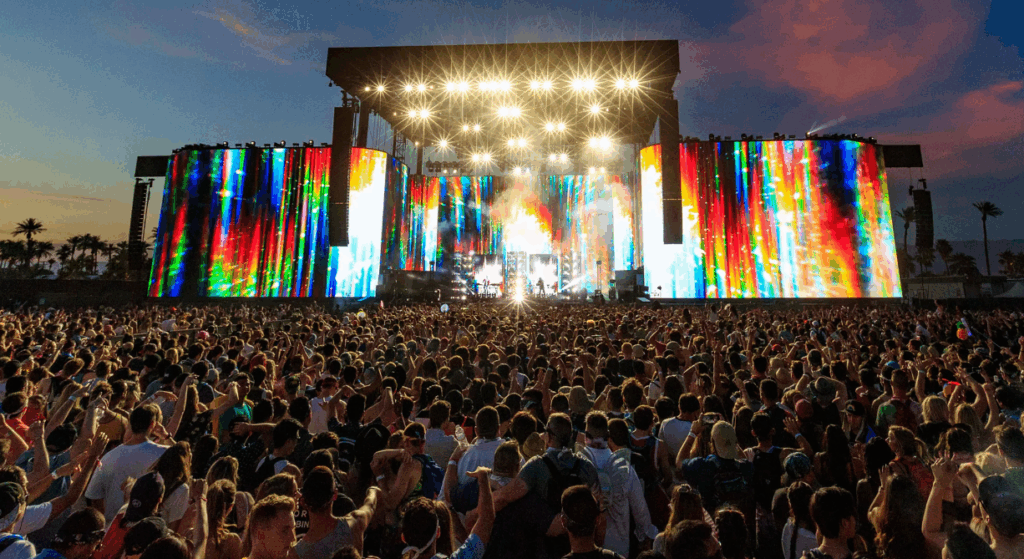
-
Coldplay World Tour: Over 800 P2.6 Band LED Panels created a massive interactive visual experience synced with stage lighting.
-
Outdoor Festival: P3.9 panels built holographic-style visuals, cutting traditional stage décor costs by 30%.
6. Recommended Band LED Panel Options
One standout choice is SoStron’s CarbonFamily.
Why It’s a Strong Pick:
-
Ultra-lightweight (10 lbs per panel), easy to move and install.
-
Multiple pixel pitches (P1.9, P2.6, P2.9, P3.9) for both indoor and outdoor use.
-
Brightness up to 8,000 nits, refresh rate up to 7680Hz.
-
Modular shapes (S, E, X, Y, L, A, D, I) for creative stage setups.
-
IP21/IP65 protection for flexible use across environments.
-
Built with carbon fiber + aluminum for durability and low maintenance.
Application Tips:
-
Concerts: P2.6 or P2.9, 1200 nits, perfect for immersive visuals.
-
Outdoor Events: P3.9, 5500 nits, IP65 waterproof rating.
-
Install using SoStron’s unique connector system to ensure seamless alignment.
7. Frequently Asked Questions
Q1: How is a Band LED Panel different from a regular LED screen?
A: Band LED Panels are designed for portability, modular setups, and live-event interactivity, while regular LED screens are often for advertising or permanent installations.
Q2: What’s the difference between indoor and outdoor panels?
A: Indoor panels use tighter pixel pitches (P2.5–P4) with lower brightness, while outdoor panels use larger pitches (P6–P10), high brightness (≥5000 nits), and waterproofing (IP65).
Q3: How can I cut costs?
A: Renting instead of buying saves up to 50% for short-term events. Domestic brands are also 20–30% cheaper than international ones.
Q4: How long does installation take?
A: A medium-sized stage (540 sq. ft. / 50 m²) takes about 4–6 hours. Large setups (over 100 m²) may take 1–2 days.
Q5: Do LED panels consume a lot of power?
A: On average, 300W–800W per square meter—actually more energy-efficient than many stage lighting systems.
8. Conclusion: Why Band LED Panels Are Now a Stage Essential
From small gigs to massive festivals, Band LED Panels have become a must-have for modern stage design. They elevate the audience experience with visuals, atmosphere, and interactivity, while offering flexibility and efficiency for event organizers.
Ready to fire up your next event with Band LED Panels? Share your thoughts or questions in the comments—we’d love to hear how you envision using them on stage!


